
|
||
|
Portland art blog + news + exhibition reviews + galleries + contemporary northwest art
|
||
Amy Stein at Blue Sky At Blue
Sky, Amy Stein's Domesticated series does a good job of portraying the loaded
interaction between animals and supposedly more domesticated environs. Thus,
the animals are both ecological signifiers and manifestations of that old Victorian
fear of our own animal nature.. but instead of the genteel Dr. Jeckl and brutish
Mr Hyde the series is based on real stories from local newspapers and oral histories.
The images are set in Matamoras Pennsylvania, a small town which borders a state
forest.
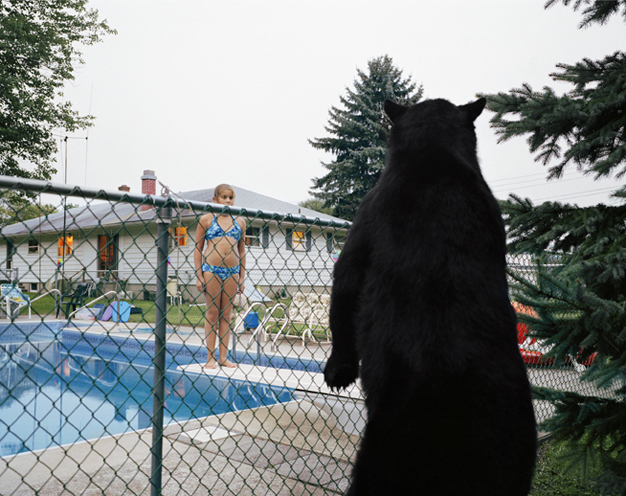 Watering Hole (2005) Yet, despite this documentary starting point the strongest works also tend to be the most theatrical, taking the diorama into the realm of drama. In some ways this work reminds me a bit of Fritz Haeg but differs as it more concerned with the story of interaction than the animal habitat, which makes Haeg's animal home-building viewpoint a lot more radical. For example, Watering Hole, an image of a bear watching a young girl on a diving board is highly staged but is somehow more effective than Cuttings with its dead (once domestic) bunny in a wheelbarrow with garden clippings. In Watering Hole the bear could just as easily be an animal surrogate for some creepy peeping tom. This really works as it substitutes fear of the unknown for a general and very understandable fear of bears. Fact is, the peeping tom's motives would be easier to ascertain, making the bear a more effective component. 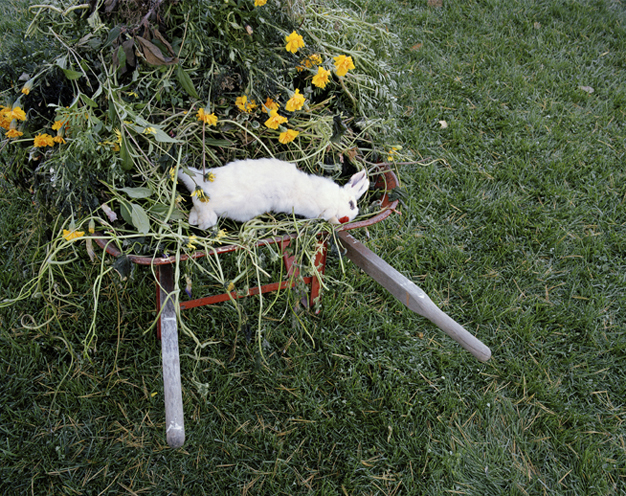 Cuttings Conversely I think the violence in Cuttings is brittle in its didacticism and shuts down the mystery here, same for images like Trasheaters (a scene with coyotes eating trash) and Backyard (where a man shoots a turkey in you guessed it, his backyard). Whereas, a less didactic image like Riverside with its bobcat near a bridge lets the mind wander and construct additional scenarios 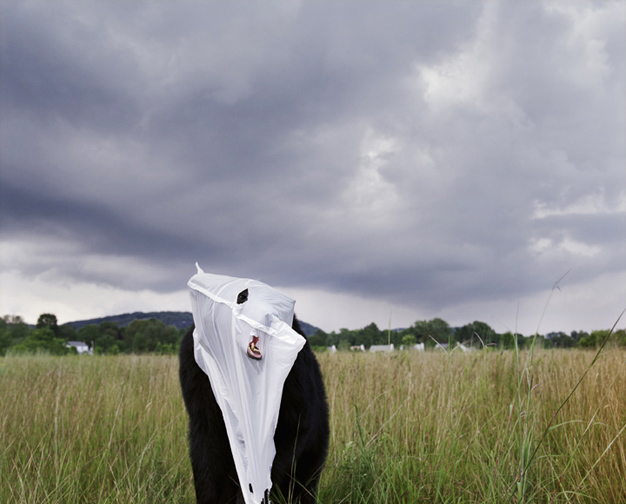
Struggle (2008) Didactic narratives aren't the enemy here though since Struggle (an image of a black bear with its face caught in a plastic bag) is one of the very best of the series. It is both terrifying and fascinating in the way it addresses the viewer so effectively, despite being a staged didactic construction. 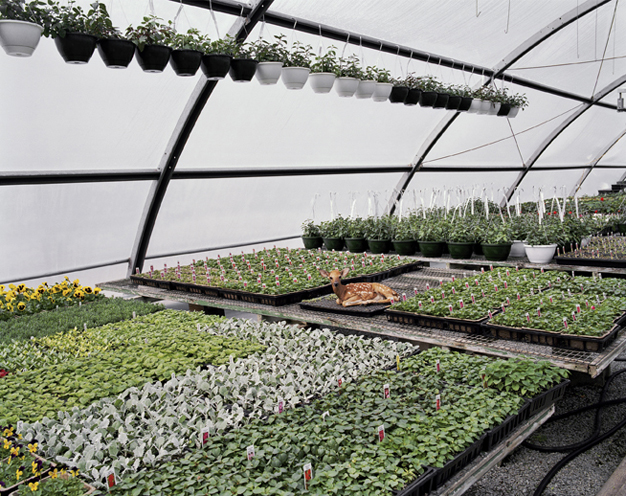 Nursery Whereas Nursery with its fawn in a greenhouse just feels like a restaged event that lacks the drama of finding a real fawn indoors. Instead, the fawn here has the look of a dog eagerly waiting to go outside and play fetch. It has always been fascinating to me why people open up to animals in art so much... artists like Fischli and Weiss, Malia Jensen, Laura Fritz and Fritz Haeg have made careers of it, but I sense that Amy Stein is just starting to hit her stride with this series. Unlike those other artists who know how to make the viewer address the animal in front of them as well as the animal within Stein is just starting to elicit her viewer's response with Struggle,which is one of her latest works. Posted by Jeff Jahn on July 17, 2009 at 17:21 | Comments (0) Comments Post a comment Thanks for signing in, . Now you can comment. (sign out)
(If you haven't left a comment here before, you may need to be approved by
the site owner before your comment will appear. Until then, it won't appear
on the entry. Thanks for waiting.)
|
| s p o n s o r s |
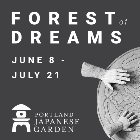 |
 |
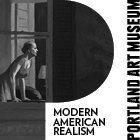 |
 |
 |
 |
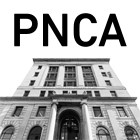 |
 |
 |
 |
 |
 |
 |
 |
 |
 |

|
Site Design: Jennifer Armbrust | • | Site Development: Philippe Blanc & Katherine Bovee | |

